Policy Brief/Proposal

Ella T. v. State of California: Settlement
Public Counsel
Policy Brief/Proposal

Public Counsel
Tool / Toolkit
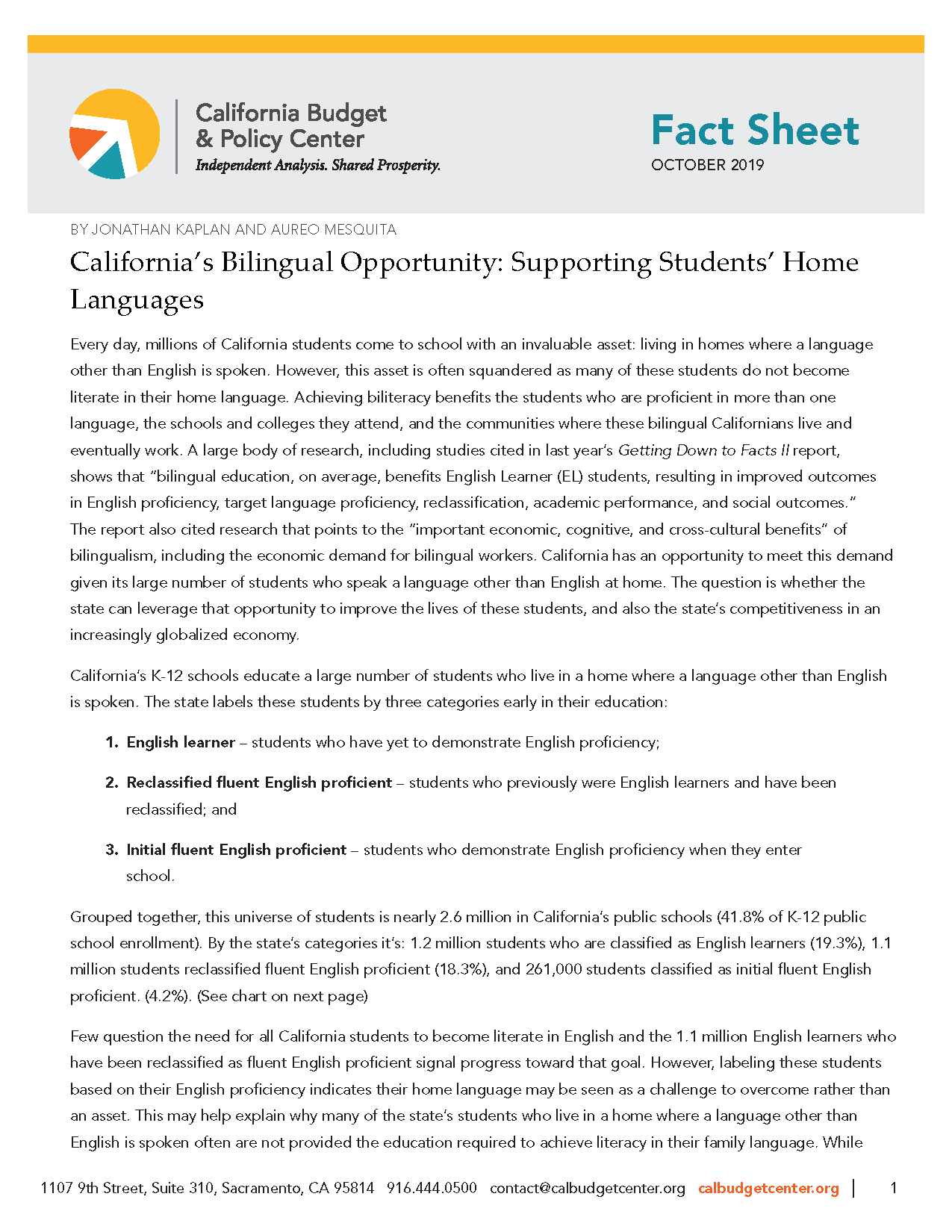
California Budget & Policy Center
Tool / Toolkit

California Budget & Policy Center
Research/Report

Children Now
Webinar / Video / Podcast

New Venture Fund
Framework/Guide

WestEd
Framework/Guide

Education Trust, Inc.
Story / Case Study / Commentary
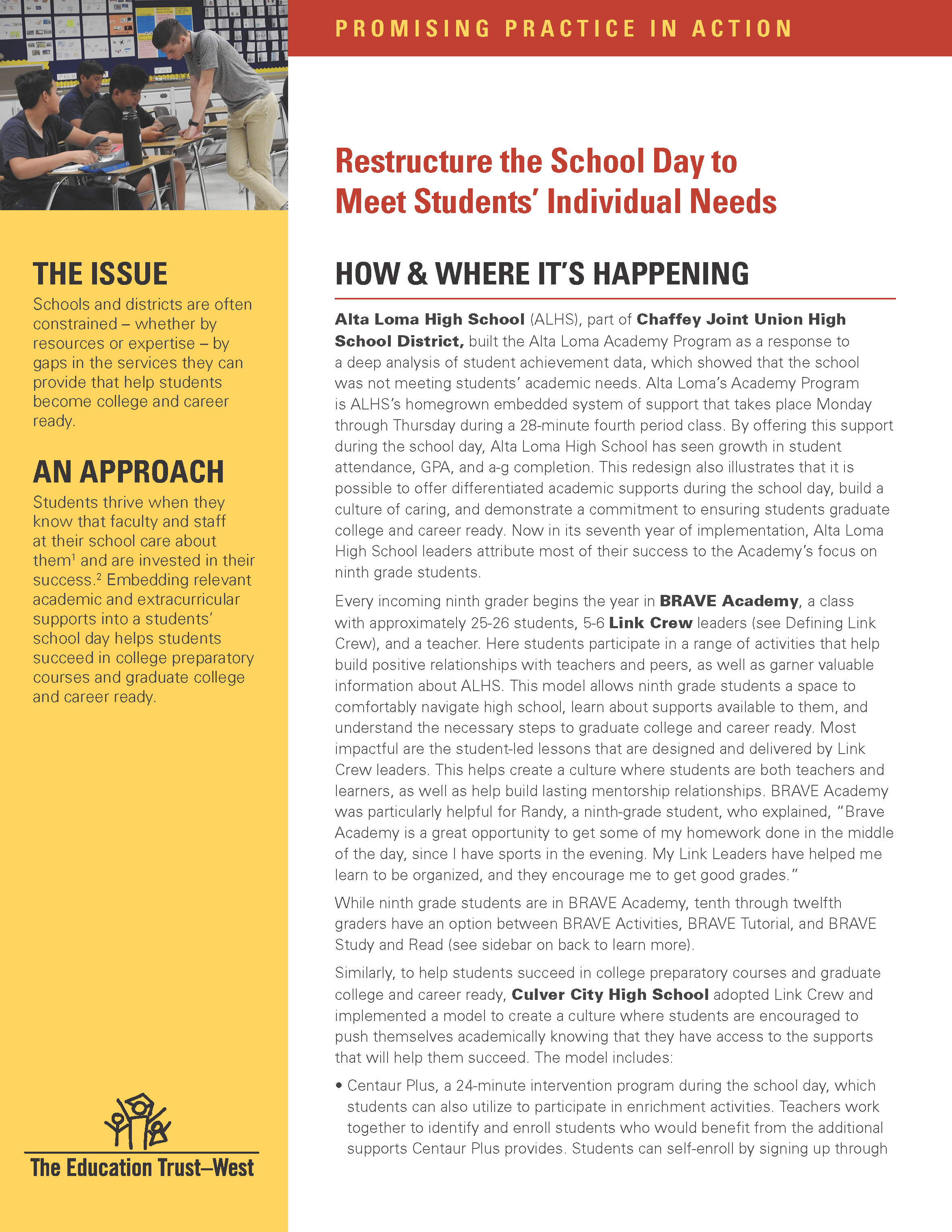
Education Trust, Inc.
Research/Report
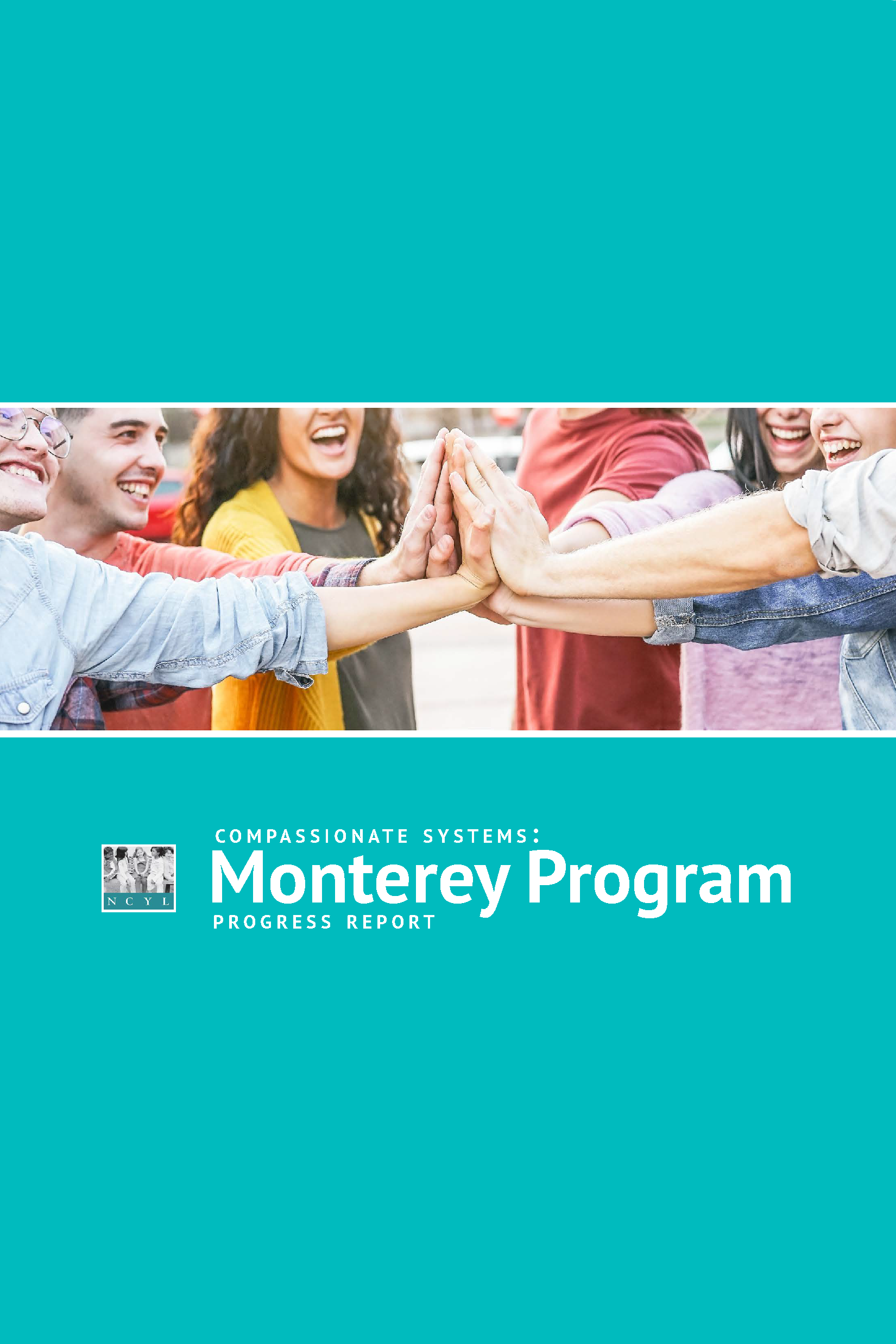
National Center for Youth Law
Research/Report
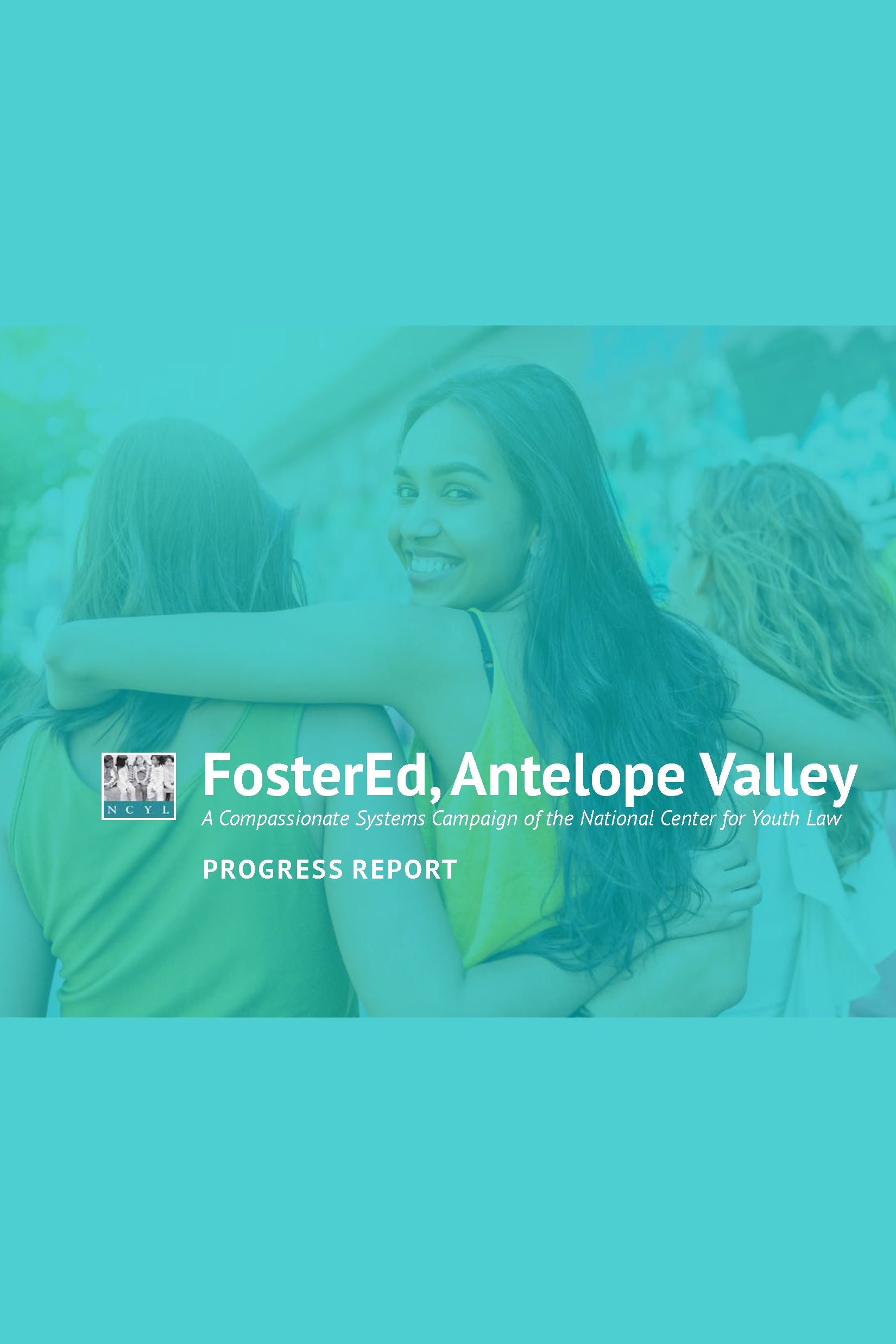
National Center for Youth Law
Research/Report

National Center for Youth Law
Research/Report
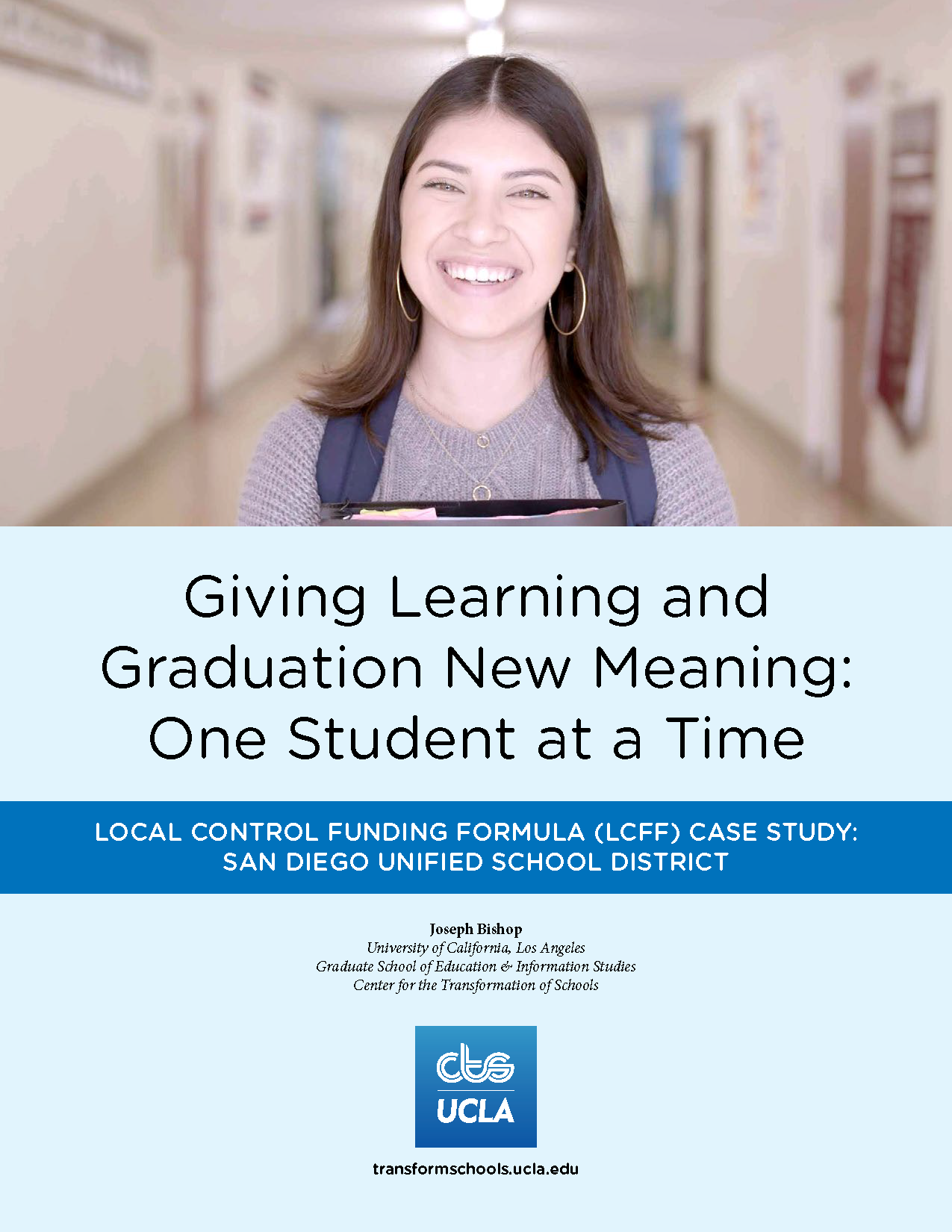
University of California, Los Angeles Center for Transformation of Schools
Policy Brief/Proposal

California Budget & Policy Center
Research/Report
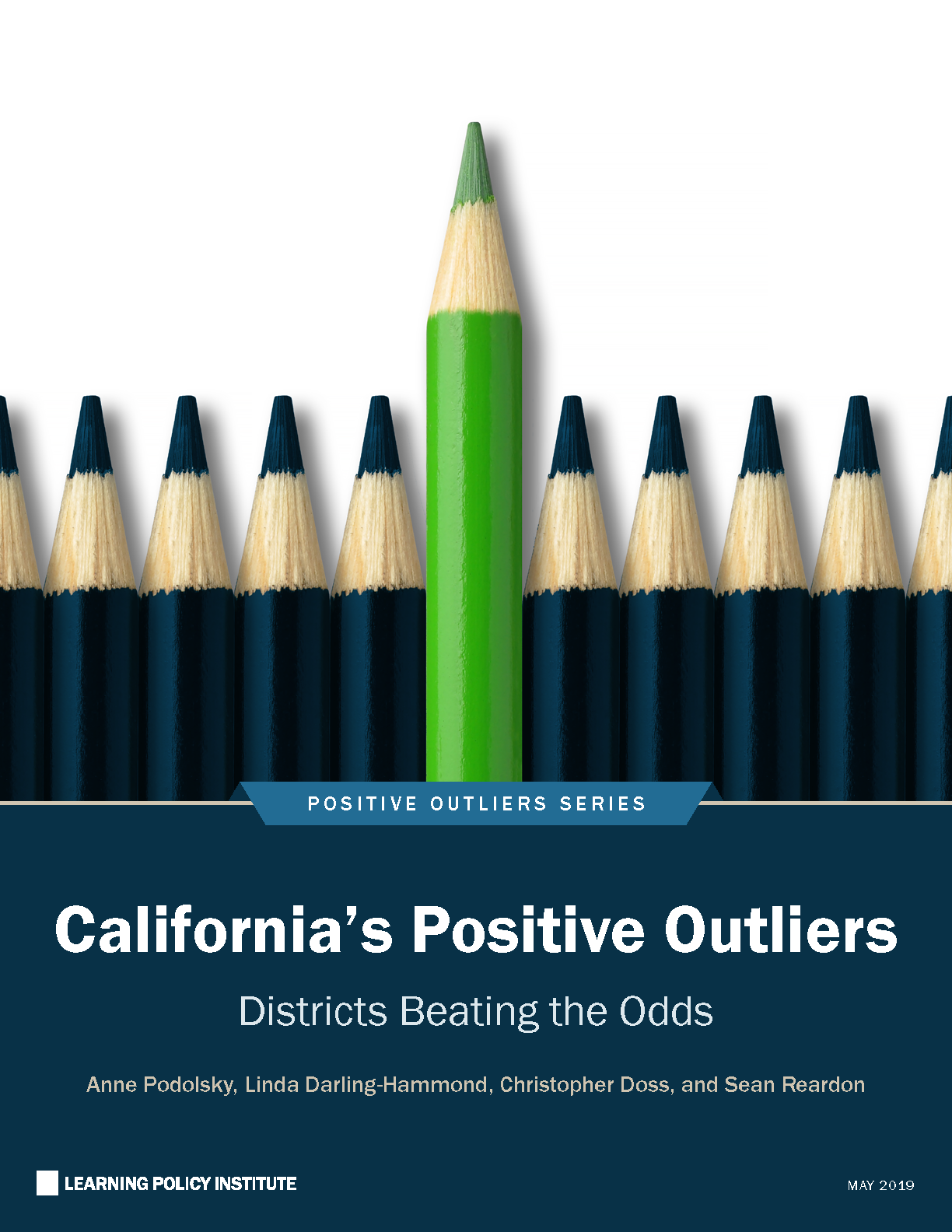
Learning Policy Institute
Policy Brief/Proposal

Learning Policy Institute
Research/Report

Learning Policy Institute
Policy Brief/Proposal

Learning Policy Institute
Policy Brief/Proposal
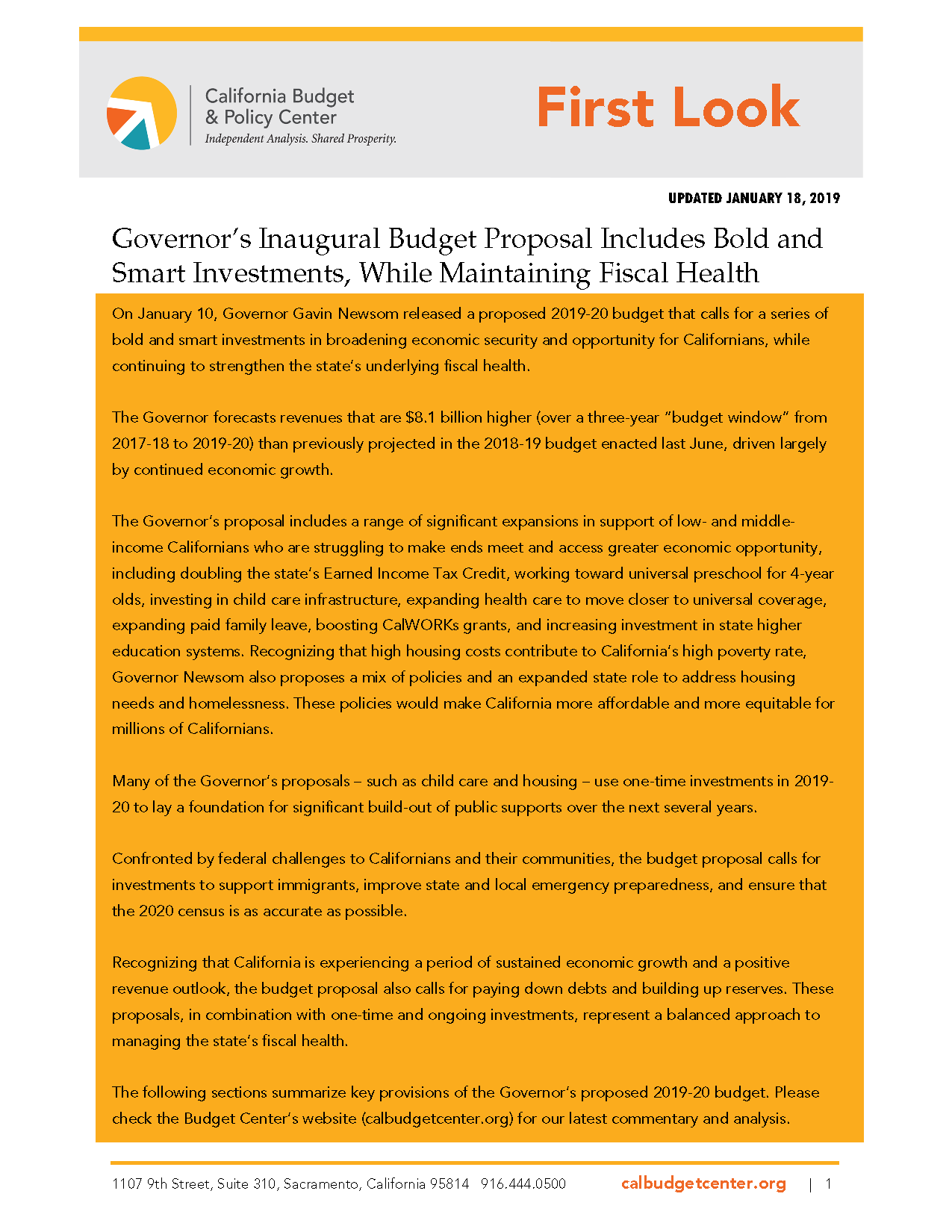
California Budget & Policy Center
Story / Case Study / Commentary

Children Now
Story / Case Study / Commentary
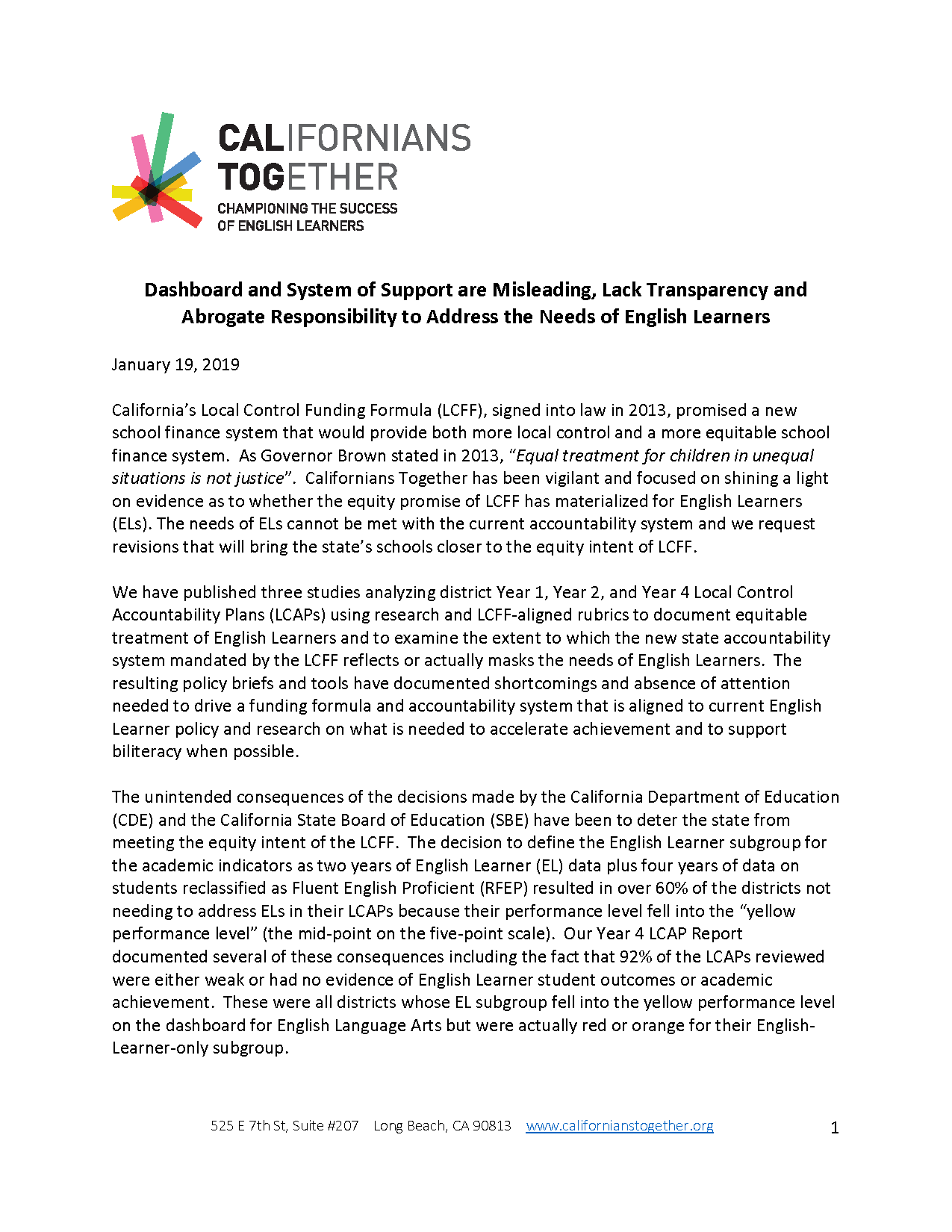
National Equity Project